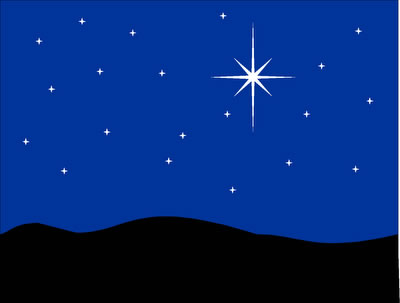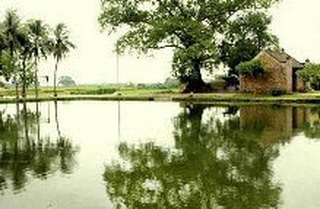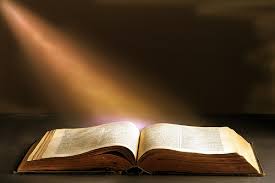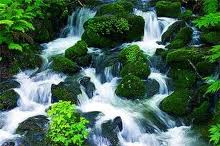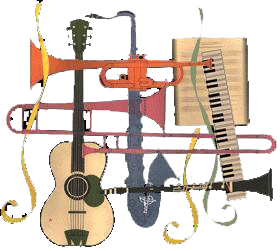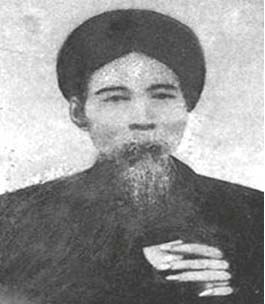
Nguyễn Khuyến
Nguyễn Khuyến (1835-1909) was a Vietnamese Confucian scholar and poet, often deferentially referred to as “Tam Nguyên Yên Đổ” (three times first laureate from the village of Yen Do) as he was thrice the top graduate at the three-step exams for public service (thi hương, thi hội thi đình). He changed his name from Nguyễn Thắng (Nguyen "The Victorious") to Nguyễn Khuyến (“The Encouraged”) after he failed the second step of the exam, and spent the next 6 years at the National College (Quốc Tử Giám) in Huế, before passing with great success the next hurdle hold at the capital, then the final step at the court (1871) .
He served as a provincial officer for education (đốc học, in Thanh Hoá), then an officer for finances (bố chính, in Quảng Ngãi)), before holding a minor editor post at the National Historiography Office in Hue. During the war against the French, he was in charge of foreign trade in Hanoi (Thương Biện), then promoted to the position of governor of a combination of three provinces in North Vietnam (Tổng đốc Sơn-Hưng-Tuyên). He retired early in 1884, at a time when traditional Confucian learning and values were in sharp decline, as France was completing its colonization of the country. He declined invitations to participate in the new court (tân triều), by now under strict French control, and opened a school in the countryside to have a simple life among the common people.(1,2)
As a Confucian erudite, his best known poems written in classic Chinese are found in “Quế-Sơn thi tập". Poems written in Vietnamese vernacular and using nôm characters are now the most memorable part of his literary legacy. Simple and clear contemporary language is masterfully adapted to Tang era classical poetic forms of China ( Đường luật). The main themes are:
- Family life, personal feelings
- Love of nature
- Simple life of the common people
- Satyre (about corruption, opportunism in a society in transition)
- Patriotism and regrets about lost independence.
The three following poems reflect Nguyễn Khuyến’s different moods and styles. In “thất ngôn bát cú” [seven-character eight-line form] for the two nôm poems, and “ngũ ngôn bát cú” [five-character eight-line or four-couplet] for the poem in classical Chinese . Sometimes Tang poetry rules when applied to nôm poems are referred to as “Hàn luật”, named after Hàn Thuyên, a 13th century poet who pioneered the use of vernacular Vietnamese in poetry.
1) Thu Điếu
Ao thu lạnh lẽo nước trong veo
Một chiếc thuyền câu bé tẻo teo
Sóng nước theo làn hơi gợn tí
Lá vàng trước gió sẽ đưa vèo
Từng mây lơ lửng trời xanh ngắt
Ngõ trúc quanh co khách vắng teo
Tựa gối ôm cần lâu chẳng được
Cá đâu đớp động dưới chân bèo
Nguyễn Khuyến
Fishing in autumn
In the cold autumn pond water is glassy,
A tiny fishing boat, itsy-bitsy,
Blue water ripples slightly with drifting mist,
Golden leaves in the wind softly whizz,
In the azure sky hang cloud layers,
The winding bamboo path is empty,
This pole long hold against my knees, no catch,
Fish nip duckweed roots below maybe.(3)
2) Đề ảnh
Ngô nhiễn ngô diện bì,
Ngô tâm ngô phất trị.
Nhật nguyệt tu thiêm bạch,
Phong trần sắc tiệm tuy.
Bách bôi hình tặng ảnh,
Thiên tả ngã vị tuỳ.
Ngưỡng phủ phất hà tưởng,
Yên ba vô tận kỳ.
Nguyễn Khuyến
Đề ảnh
Nhìn ngoài chỉ thấy da ta
Lòng ta thì đến chính ta chẳng tường
Tháng ngày râu tóc điểm sương
Xạm đen gió bụi dặm trường mầu da
Nhìn hình trăm chén chuốc ta
Ngàn sau chẳng biết ta là ai đây
Trông lên nhìn xuống cao dầy
Tân kỳ sóng nước khói mây mịt mùng
(Bản dịch của Lê Phụng)
Note on a photo
I only see the skin of my face,
But I don’t know my own heart.
My hair greyed over the years,
My face dark and weathered in life vagaries.
One hundred toasts to my own image.
In a millenium what will become of me?
Look high above and deep below,
Waves and clouds into infinity. (4)
3) Vịnh tiến sĩ giấy
Cũng cờ, cũng biển, cũng cân đai.
Cũng gọi ông nghè có kém ai.
Mảnh giấy làm nên thân giáp bảng,
Nét son điểm rõ mặt văn khôi.
Tấm thân xiêm áo sao mà nhẹ?
Cái giá khoa danh thế mới hời!
Ghế tréo, lọng xanh ngồi bảnh choẹ,
Nghĩ rằng đồ thật hoá đồ chơi!
Nguyễn Khuyến
Tribute to a paper doctor
Pennants, blazon, hat and belt; all included,
Also called a doctor, as good as any other.
Paper makes him the highest ranking graduate,
Red ink clearly draws his top scholar’s face,
This all dressed up body, why is it so light?
Academic glory, so cheap to buy!
High chair, blue parasol, he sits haughtly
Thinking he’s real, but it’s a toy.(5)
References and notes:
- Trịnh Văn Thanh. Thành Ngữ Điển Tích Danh Nhân Tự Điển. Xuân Thu Xuát bản. Saigon. (circa 1966-67; reprinted in the US after 1975)
- http://vi.wikipedia.org/wiki/Nguy%E1%BB%85n_Khuy%E1%BA%BFn
- This poem belongs to the poet’s famous triad about autumn: Autumn fishing, Autumn Drinking, and Poetic Tribute to Autumn (Thu Điếu, Thu Ẩm, Thu Vịnh).
- Tentative translation by H. V. Ho, based on the Vietnamese version.
- Tentative translation by H. V. Ho.
About "Note on a photo": Interesting thoughts about pictures and identity, even in the 21st century,
with the current popularity of “Photoshop” and “selfies”.
About "Tribute to a paper doctor": This poem sounds particularly relevant now that diploma mills are rampant in Vietnam.
Hồ Văn Hiền
(Hien V. Ho)
November 24, 2014

